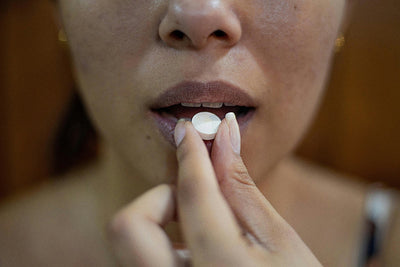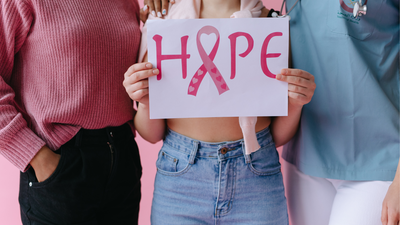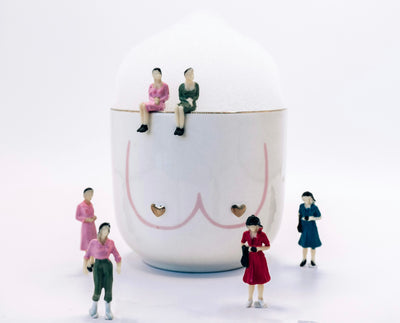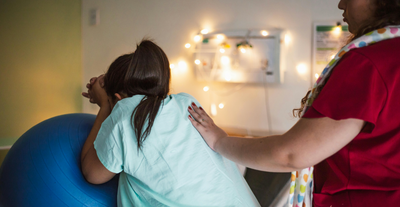Some Facts About Donor Milk
More and more studies show that human milk is superior to formula for infants when it comes to preventing infections and reducing rates of asthma and allergies. Many women are choosing to give their babies human milk from a donor mother or a milk bank, as opposed to formula, for reasons related to health, inability to breastfeed, very low milk production or personal choice. As donor milk has become more popular, more milk banks are opening in response to the demand. Donor milk is now widely available outside of the NICU and mothers of term infants can choose to give their child human donor milk instead of formula.
Here are some things you should know about the process:
Is the Donor Milk Tested or Screened?
Milk donors themselves are screened (via blood tests) for HIV-1, HIV-2, human T-cell leukemia virus 1 and 2, hepatitis B, hepatitis C, and syphilis. They are also asked if they use recreational drugs. Some people are left out or temporarily disqualified due to medications they’re taking, chronic diseases, and risk behaviors for communicable diseases. The milk itself is not tested.
Pasteurized Milk
Milk banking varies greatly between different parts of the world for a variety of reasons, some having to do with economics or funding and some due to religious and cultural factors.
The standard practice is that donor milk is pooled and pasteurized. Pasteurization is done in a water bath at 62.5°C for 30 min followed by rapid cooling. Milk bottles are then stored at –20°C until use of the milk. This method (Holder pasteurization) is widely felt to be a good compromise between safety and nutritional quality of donor milk. It is important that the cooling chain is never interrupted; therefore, special cooling bags or cooling boxes have to be used during transportation from home to the milk bank.
Breast milk has live cells and pasteurization has led to concerns that some or all of the protective effects of human milk may be lost. Studies looking at milk before and after pasteurization have shown that several important components of human milk are reduced or eliminated altogether, as summarized in the table below.
Breast Milk Components After Pasteurization:
|
Component |
Retention % after Pasteurization (1) |
|
C3 |
0% |
|
IgA |
0-150% |
|
IgG |
0-82.8% |
|
IgM |
0% |
|
Lactoferrin |
0-123% |
|
Lysozyme |
0-393% |
|
Leukocytes |
0% functionality |
|
Lymphocytes |
0% functionality |
|
Alpha-1 antitrypsin |
61.80% |
|
Lipoprotein lipase |
destroyed |
|
BIle Salts |
destroyed |
|
Whey to casein protein ratio: |
Destroyed relative to fat |
|
Vitamin A |
103% |
|
VItamin B1 |
65-85% |
|
Vitamin B2 |
77-94% |
|
VItamin B6 |
85-93% |
|
Vitamin C |
64-94% |
|
VItamin D |
103% |
|
VItamin E |
106% |
|
Zinc |
Different pattern seen |
Depending on the level of heat and how long the milk was exposed to it, heat treatment affects the milk’s anti-infection and cellular parts and some nutrients. Enzymes are most sensitive to heat while immune components are compromised but not completely destroyed.
Processing of human milk also affects unsaturated fatty acids and damages the membrane of milk fat globules. Human milk contains stem cells and it is thought they may be damaged during heat treatment. On the other hand, some important protective components such as the oligosaccharides are essentially resistant to the effects of heat.
Given these effects of high-temperature processing, it's expected that the protective effects of human milk might be lowered but not lost altogether. That is exactly what the literature shows. In five trials comparing formula with donor milk in terms of the risk of necrotizing enterocolitis, the risk did not go down significantly in each trial, but all trials showed that donor milk was more protective than formula.
A direct comparison of fresh against pasteurized human milk performed by Narayanan et al., showed a somewhat reduced protective effect against infection (14.3 vs. 10.5% infection) which was still much stronger than the effect of formula (33.3% infection). It is pretty clear that the beneficial effects of pasteurized human milk are fewer when compared to freshly expressed milk, but that there are enough protective effects to make donor milk the choice for premature infants when there isn’t any or enough breast milk from the mother.
Donating Milk:
Milk donation is a selfless act. In most countries donors don’t get any compensation, but some donors receive some money for their costs. If you are interested in donating your milk, learn more about how here.
At the time of writing this post there are currently 26 milk banks in the United States.
Conclusion:
While it’s ideal for an infant to be fed by their own mother’s milk, of course that is not always possible. Using another mom’s milk or donor pooled pasteurized milk is an increasingly popular choice and something we will hopefully see a lot more of in the future.
For more advice on breastfeeding, updates of the latest breast milk research, and special offers on our testing kits, consider subscribing to our newsletter.
References:
-
Arnold LDW: Human Milk in the NICU: Policy into Practice. Ontario, Jones and Bartlett Publishers, 2010.
-
Chauhan M, Henderson G, McGuire W: Enteral feeding for very low birth weight infants: reducing the risk of necrotising enterocolitis. Arch Dis Child Fetal Neonatal Ed 2008;93:F162-F166.
-
Narayanan I, et al: A planned prospective evaluation of the anti-infective property of varying quantities of expressed human milk. Acta Paediatr Scand 1982;71:441-445.






